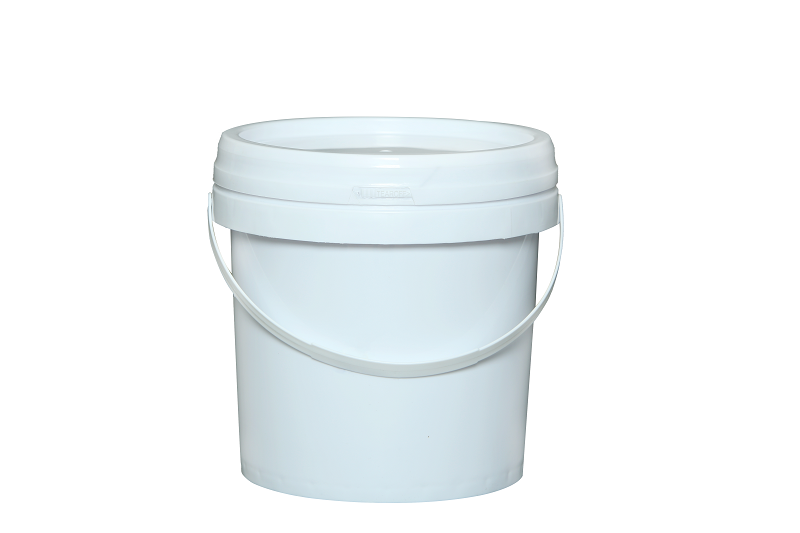
Lorem ipsum dolor sit amet, consectetur adipiscing elit, sed do eiusmod Lorem ipsum dolor sit amet consectetur adipiscing elit, sed do eiusmod lorem ipsum

Guida alla selezione dei materiali: Produzione di benne quadrate
Home Sommario Introduzione Quando si tratta di produrre benne quadrate, la scelta dei materiali è fondamentale. Il giusto

Scala di produzione: Pianificazione della produzione a secchiate quadrate
Home Sommario Introduzione Nel panorama in continua evoluzione delle soluzioni di imballaggio, la richiesta di processi produttivi efficienti e sostenibili è in continua crescita.

Controllo qualità: Standard di produzione dei contenitori per alimenti
Un'analisi completa della produzione di secchi per semi di uccelli nel 2024, che copre materiali, processi di produzione, standard di sicurezza e pratiche di sostenibilità. Una guida essenziale per i professionisti e i produttori del settore.












